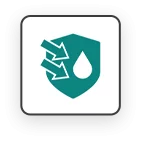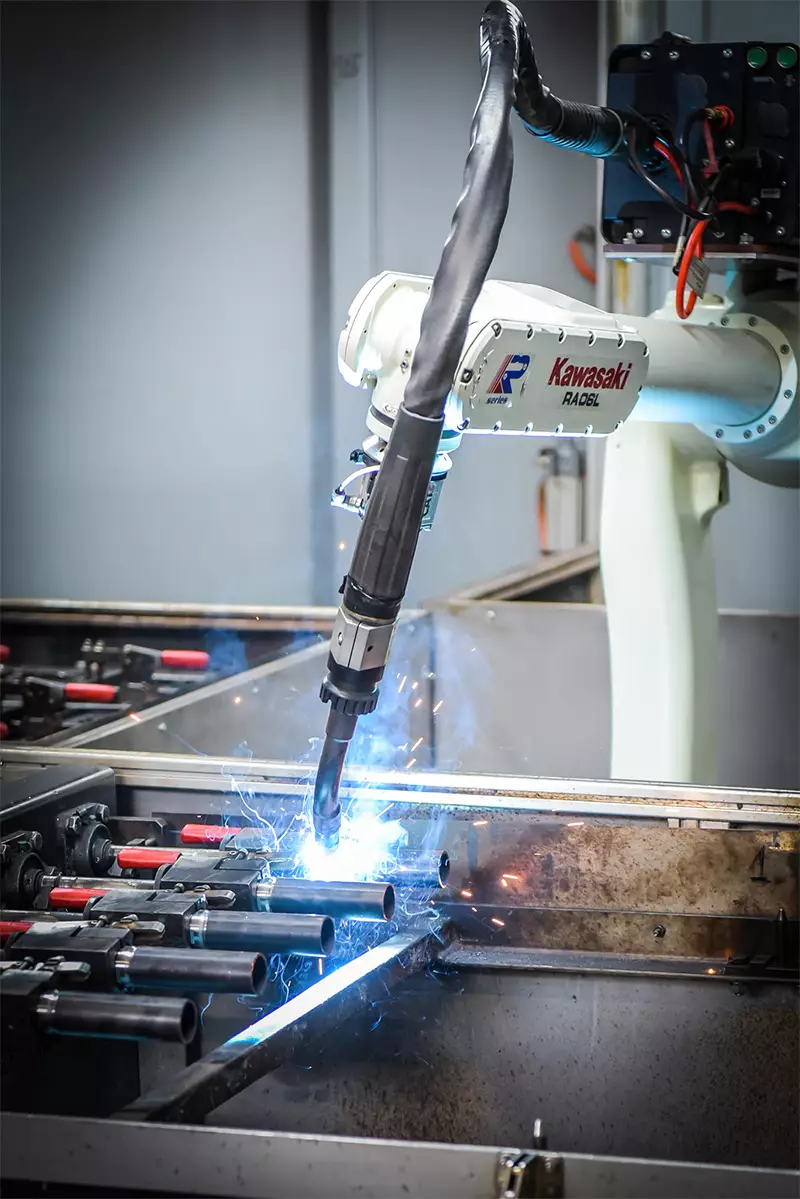
You probably scanned the “ABOUT US” and “PRODUCTS” pages carefully,
and a thought is already sprouting on the back of the head.
So now get ready for more!
The Austrian economist Joseph Alois Schumpeter knew perfectly well what he was doing when he introduced and described in 1911 the concept of “innovation” (Latin innovatio – renewal). But he did not foresee that 85 years later it would become the bread and butter of AN-KOM.

create new, even better lightning protection products
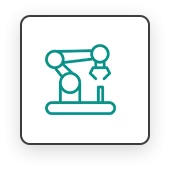
implement innovative technologies and our own production methods

discover and create new markets where others have not noticed them yet

obtaining and testing materials that have seemed a distant future so far
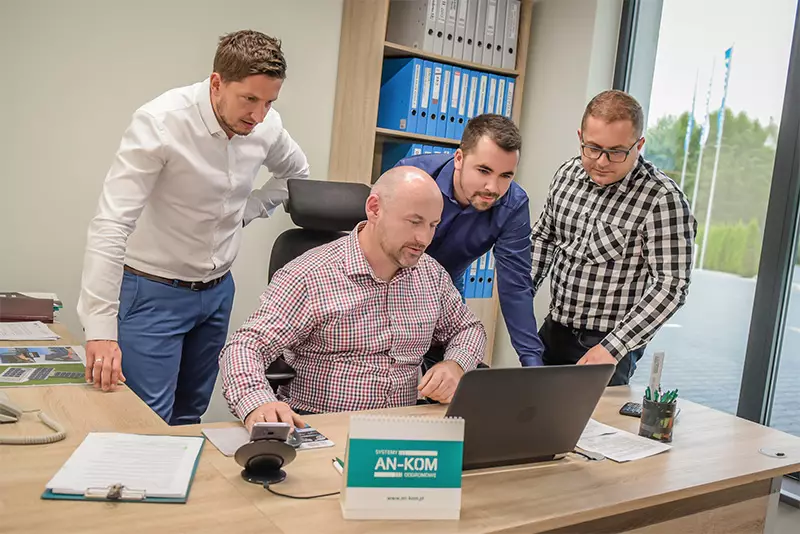
Obviously, nothing would have been created if it were not for the fathers of innovation, i.e. a staff of our dedicated engineers and technicians from:
At AN-KOM we took to heart the message conveyed by these words. That is why, since the company was founded in 1996, we have focused not only on the skilled and professional people, but also on investments in technologically advanced production facilities that enable the implementation of more and more efficient and safer lightning protection systems – exactly those which we and our customers dreamed of.
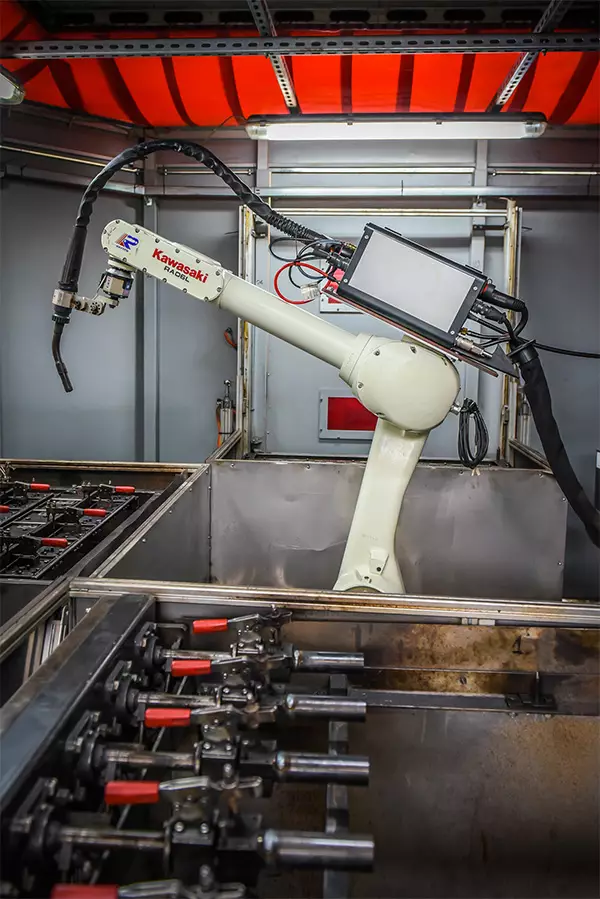
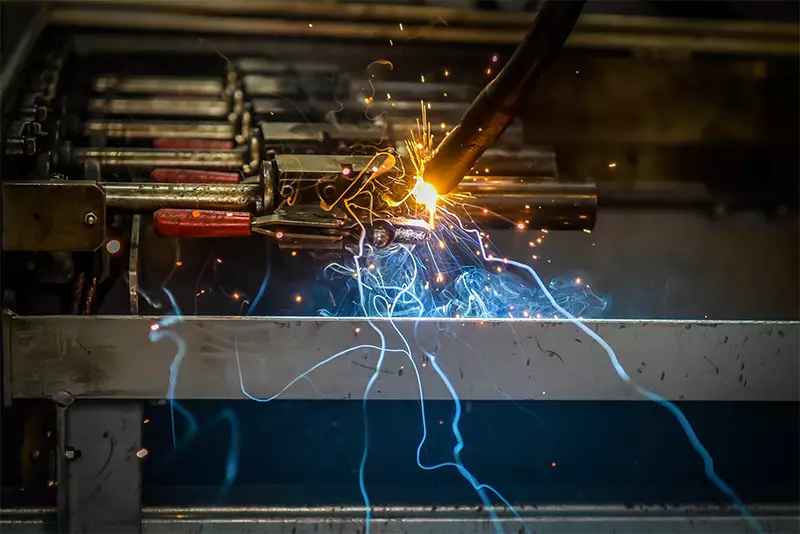
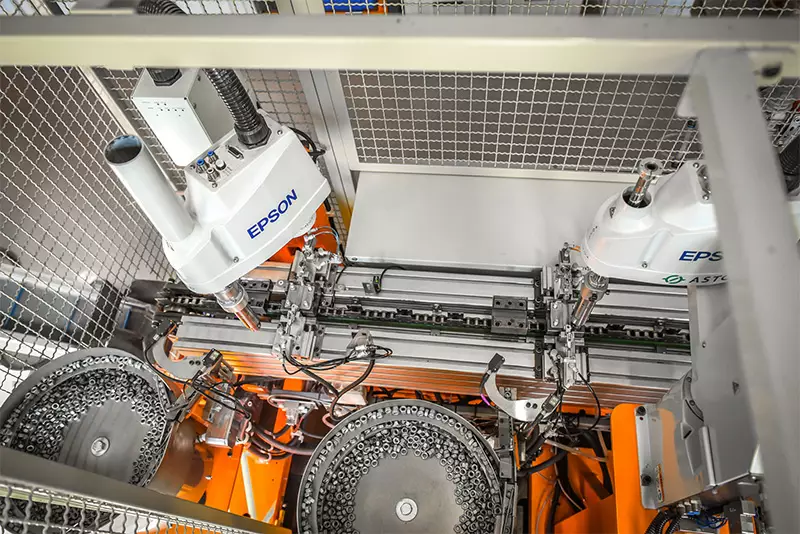
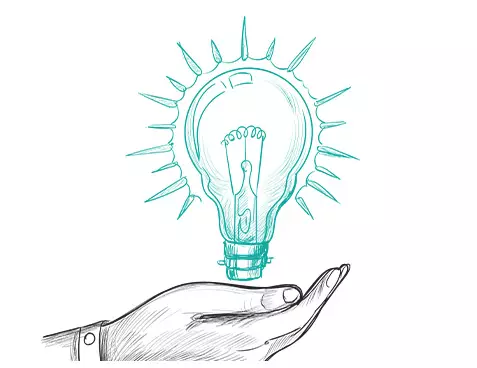
This shows how tedious and time-consuming is the process preceding the implementation of an innovative product on the market. In addition, today’s stringent safety standards make that even the wealthiest companies need support from the world of science.
At AN-KOM, we understand this perfectly, so we have been cooperating with the best research centers in Poland for years, so that the quality of our products is confirmed and documented with certificates.




The implementation of new products and solutions that set trends is a long-term process that lasts until the best parameters are obtained through rigorous tests in various conditions.
On the other hand, cooperation with scientists, designers and contractors resulted in the introduction of a number of changes in the field of safer operation of new products and even better protection of facilities:


